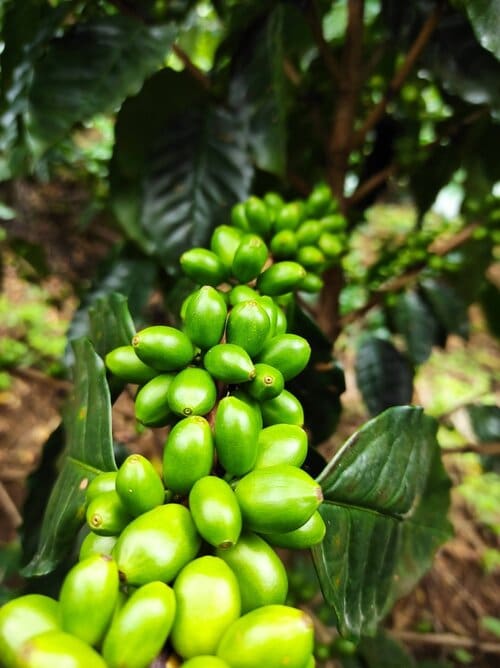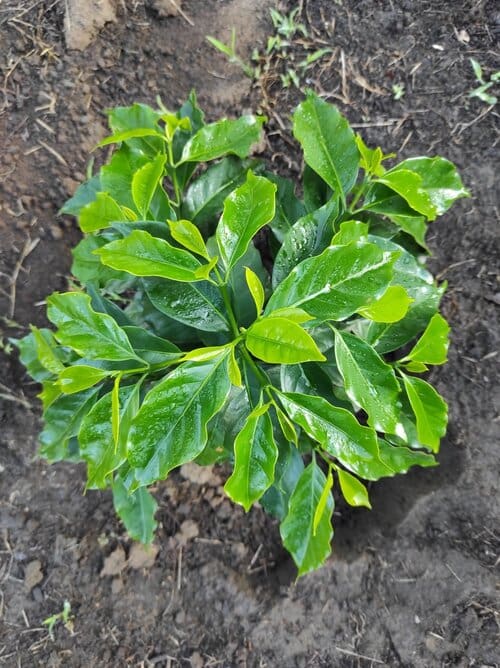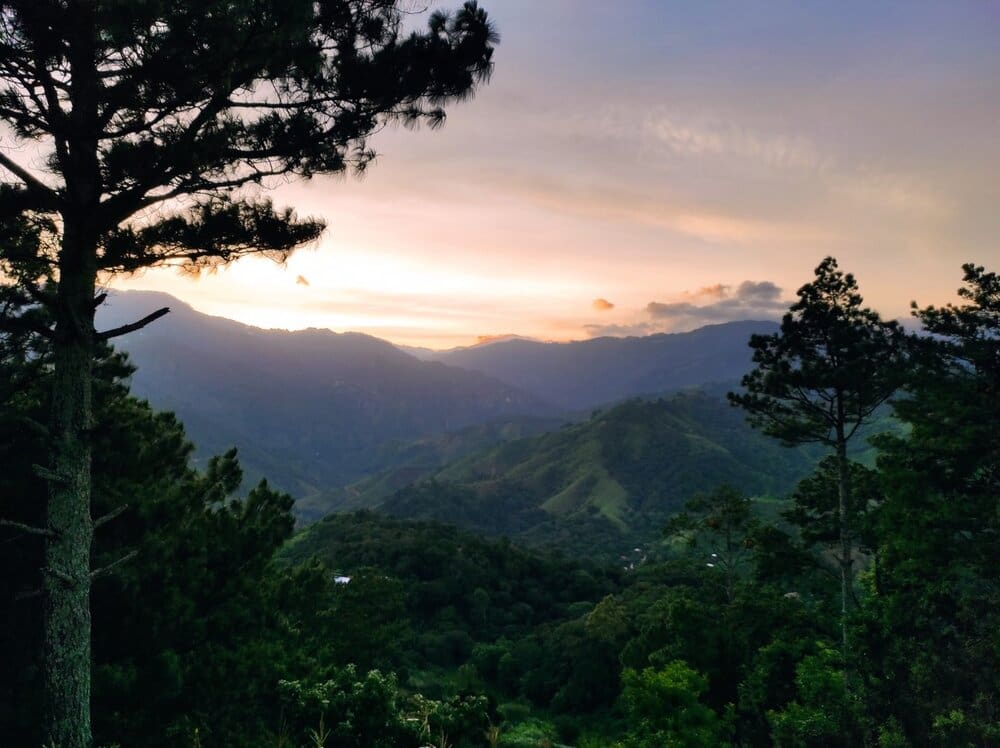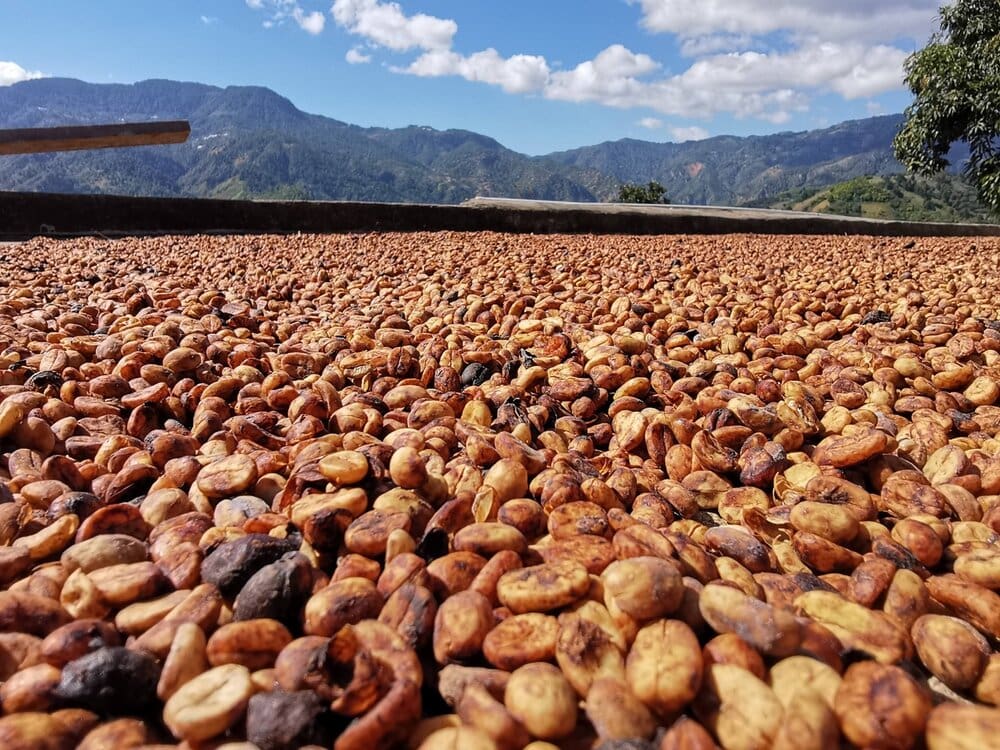Moises Hernandes, with his mother, runs Finca Cascaritas which spans 3.5 hectares of lots at an altitude of 1230 to 1300 meters above sea level.They work with several varieties, such as Parainema, Obata, Bourbon, Yellow Catuai, and others.
In addition to the pine trees that naturally predominate in the region, Moises and his mom have planted additional trees to generate sufficient shade in all parts of the plantation including American walnut trees, hazel pine, guamo and malcinca.
Moises embarked on the journey of preparing specialty lots being part of CAFESMO, a 280+ member co-op located in the south of Honduras near the country’s borders with Guatemala and El Salvador. This organization was established formally in 2016 and began exporting specialty coffee in 2018. CAFESMO members are committed to improvement and quality, which is supported by the co-op through workshops for new and existing producers to help them learn about their harvest, post-harvest processing, choosing the right varieties for their farm, and more.
The Yeast Bourgogne fermentation process is a specialized technique inspired by winemaking in France’s Burgundy region. It begins with selecting high-quality, ripe cherries that are then pulped to remove the outer skin. These mucilage-covered beans are inoculated with a specific yeast strain, typically Saccharomyces cerevisiae, and fermented under controlled conditions for 24 to 72 hours. This fermentation method enhances fruity notes and creates a balanced body, producing complex and unique flavor profiles. After fermentation, the beans are washed to remove any residue and dried on raised beds or patios. The result is a coffee with consistent quality and distinct, memorable flavors, allowing producers to showcase the unique terroir of their coffee.





